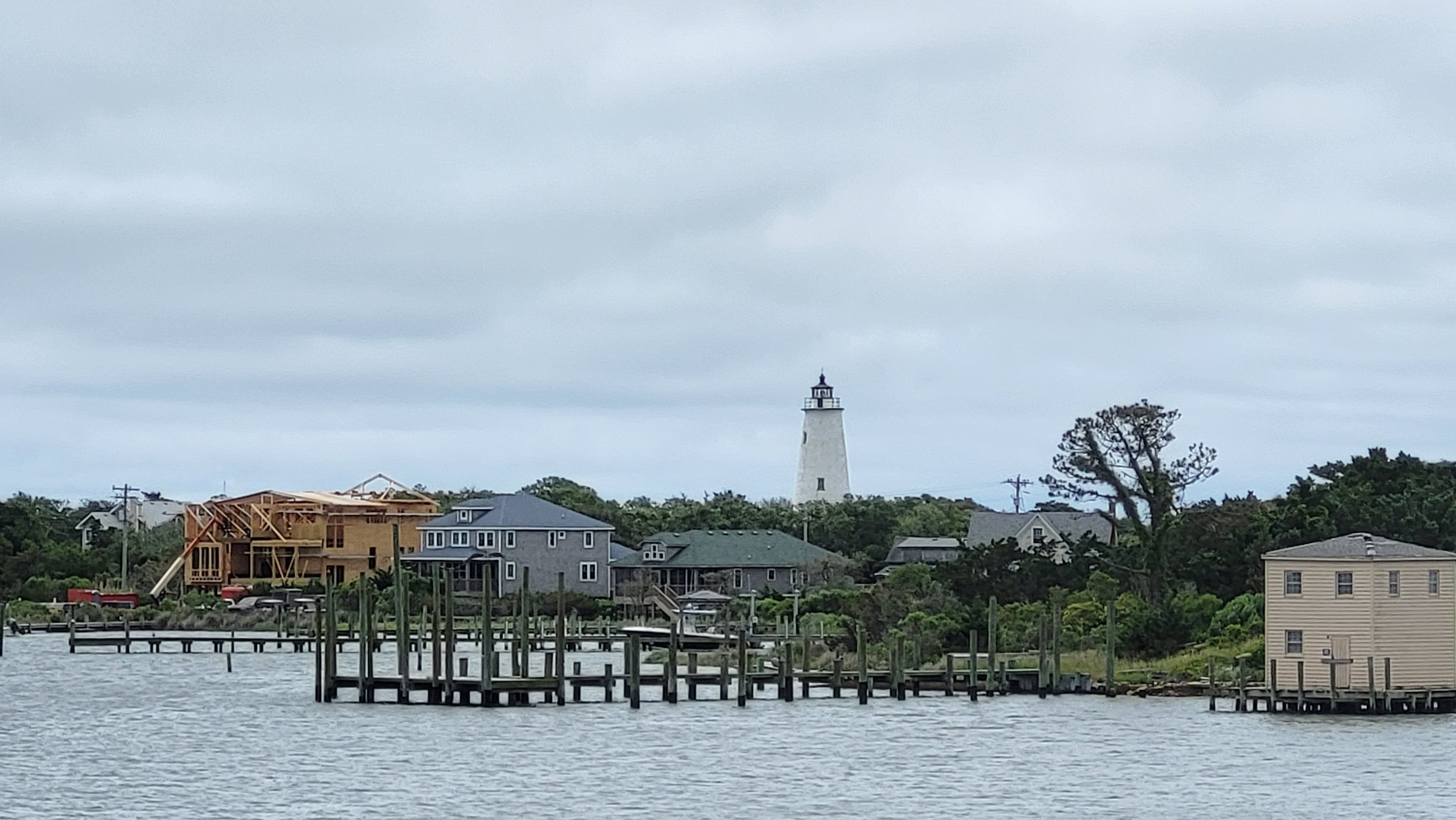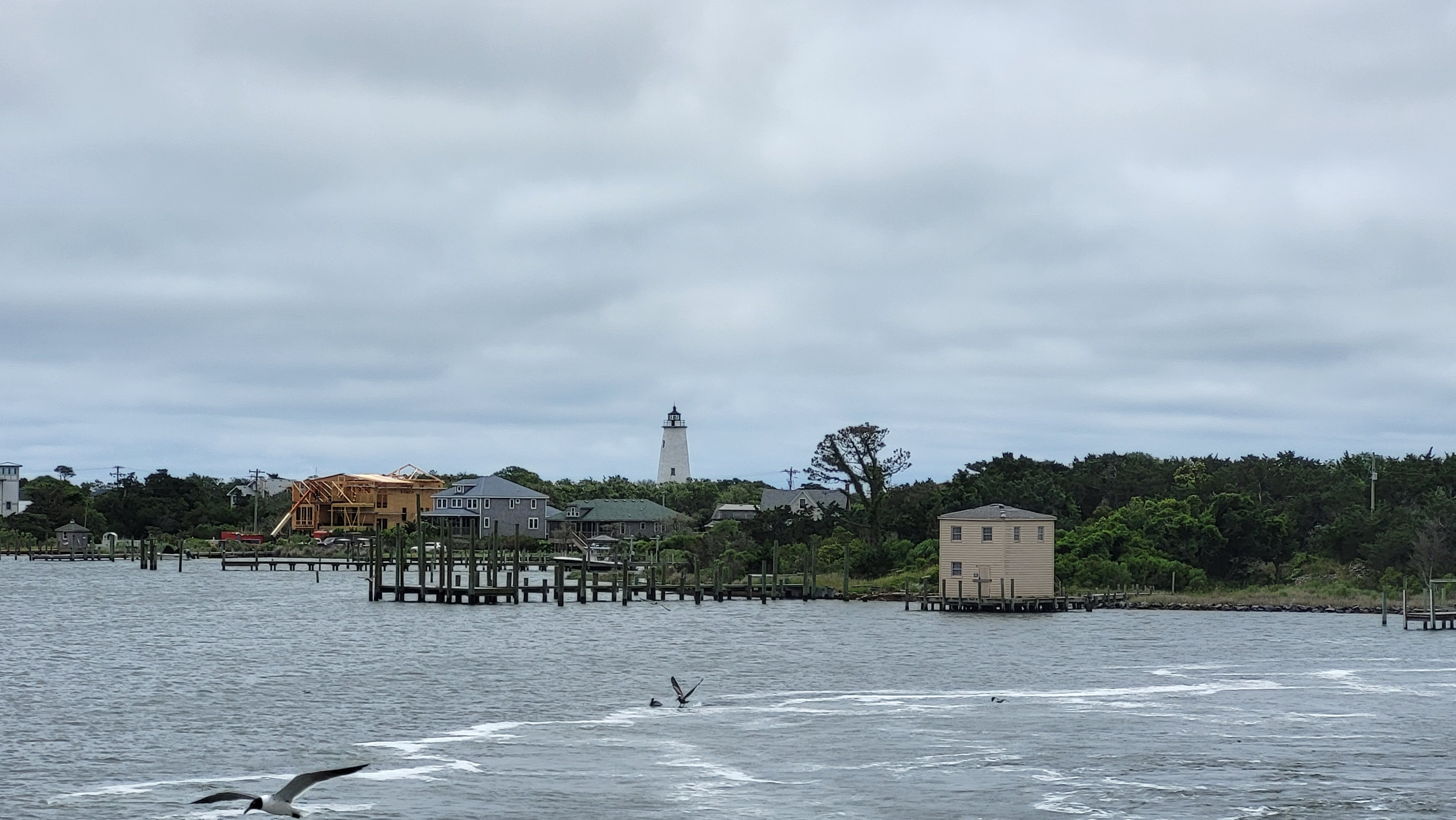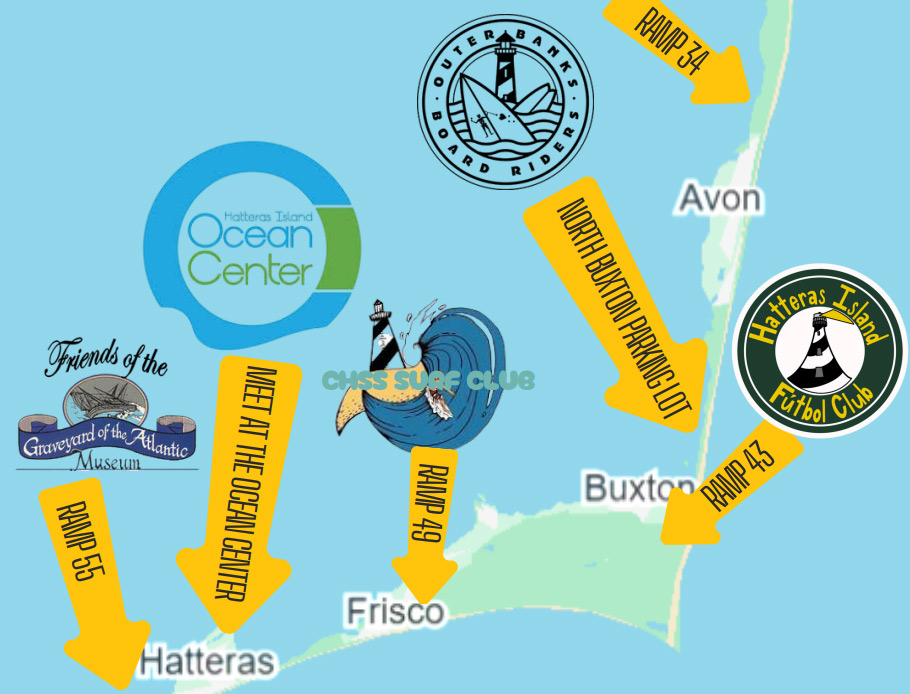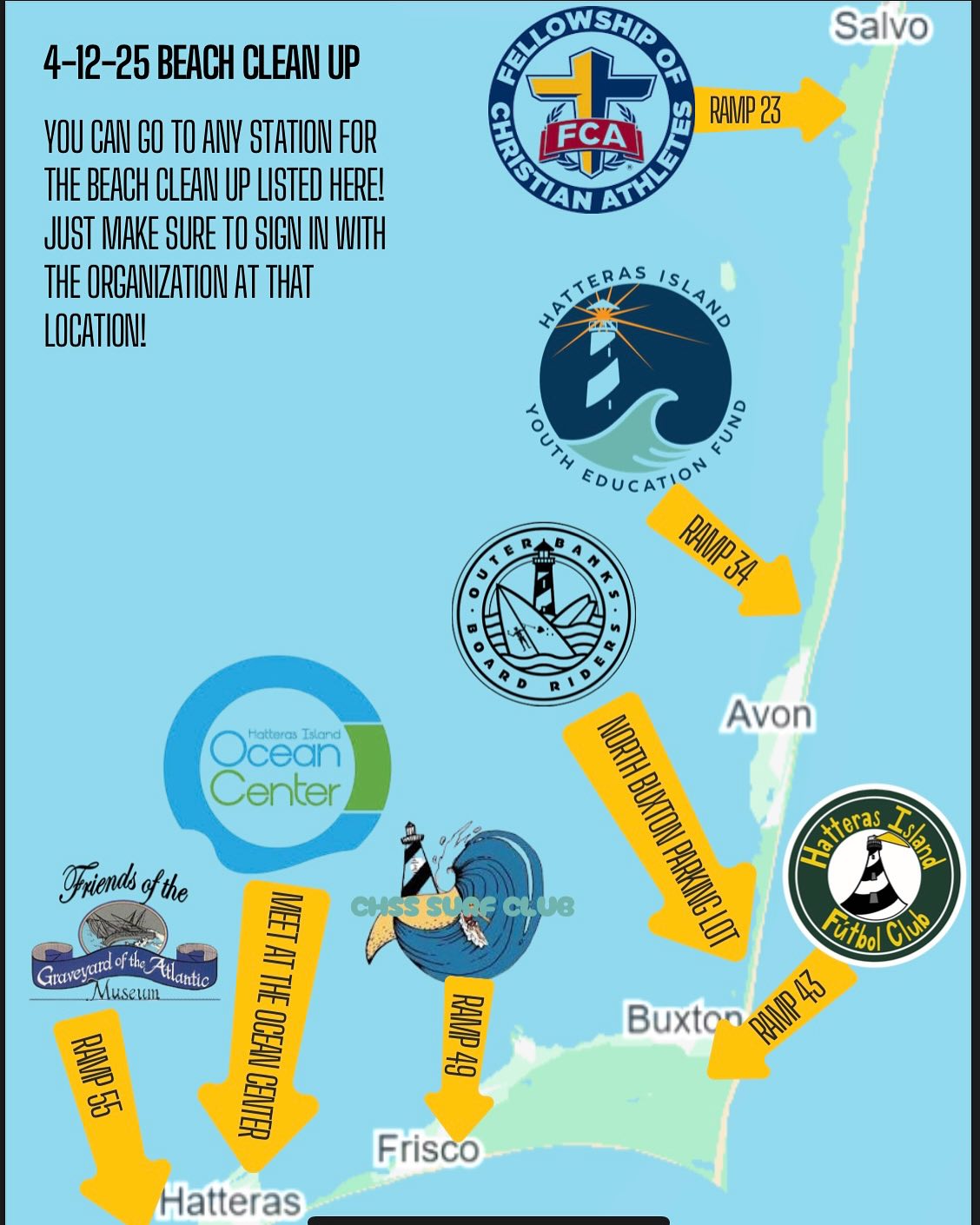Night Sky: Blue Moons, Galaxies and More Night Sky Highlights for March
You might remember last month we discussed that M82 and M81 passed very close to each other 300 million years ago. The gravitational interaction is believed to have started M82’s rapid star formation. M81 is 12 million light years away.
M81 and M82 as seen from Waves, NC! You can view both objects through binoculars!
Other things you can look for March 2018.
Jupiter, Mars, and Saturn will follow each other across the night skies starting around 11:35 p.m. on the night of March 1. Mars will follow Jupiter about an hour later, and Saturn will be the last to appear at 2:58 a.m.
Venus and Mercury both start the month visible near the Western horizon right after sunset.
Uranus is visible throughout March if you have very good binoculars or a telescope.
If you’re a big fan of the Messier Catalog, the annual Messier Marathon takes place in March. The Messier Marathon consists of trying to view all 110 Deep Space Object’s (DSO) in the Catalog in one evening! That gives you about 6 minutes to find and view each DSO. I don’t do Messier Marathon’s, but if it sounds like your thing, please let us know how you do!
Moon Phases:
(Gerry Lebing is a retired computer scientist with the U.S. Geological Survey in Washington, D.C. He has visited Hatteras Island since the mid-1970s. He and his wife, Karen, have owned property here for several years and moved to their home in Waves full-time in 2013. Astronomy is a subject that Gerry says he has always been interested in and one that he pursues seriously — he’s built an small observatory next to his house. You can send him questions about the night sky through e-mail, gerry@wmi.org.)































